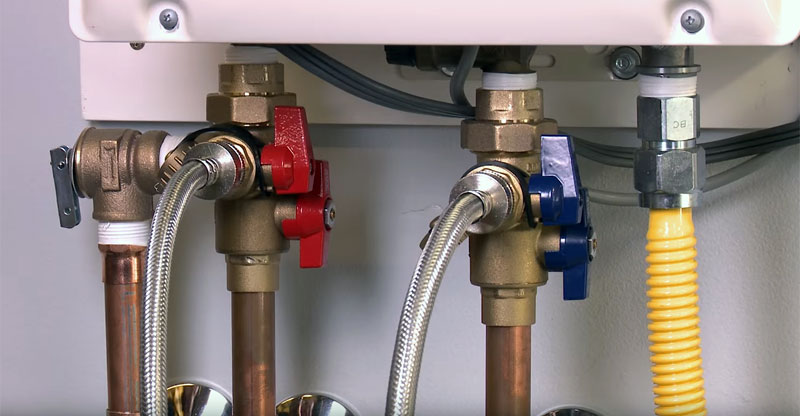
There are certain plumbing and water appliances in our homes that need some occasional attention, and a good example here is a traditional tank water heater. While these appliances don’t need much upkeep most of the time, periodically they will require one specific process: Flushing.
When you partner with quality plumbers for all your water heater needs, flushing is just one of a few areas you’ll receive assistance with. However, flushing a water heater is something many handy homeowners can perform on their own — if you’re in this group, here’s some information on why this process is necessary, plus how and how often it should be done.
Why Flushing a Water Heater is Necessary (And How Often It’s Needed
Flushing your water heater periodically is a necessity because it helps remove sediment and debris that can build up over time. This sediment can cause a water heater to run inefficiently, or even worse, it can lead to premature failure of the appliance.
In order for your water heater to work at its best, you should flush it every 6-12 months. This frequency may depend somewhat on how often the water heater is used, how old it is, and other factors. If you’re unsure whether it’s time for a flush, just call your plumber — they’ll be able to advise you on the best course of action.
How to Flush a Water Heater
Now that you know why and when to flush your water heater, let’s take a look at how this can be done. An important note: If you find yourself uncomfortable with any part of this process, do not proceed. Rather, call in a professional plumber for assistance.
If you’re comfortable proceeding, here are the steps:
- Turn off water supply: For older homes, you may have to turn off your entire main water supply. For modern homes, you will just have to turn off the water that runs to the water heater itself.
- Turn off gas tank: If your water heater is gas-powered, you’ll need to turn off the gas supply as well.
- Attach hose: Next up, grab a garden hose and attach it to the tank’s drain valve. This valve is usually located near the bottom of the tank. The opposite end of the hose should be placed in a bucket, sink or other drainage system — this will sometimes be outside.
- Open valve: Now it’s time to open the drain valve on the water heater. Be very careful as this will release hot water and steam. Ensure the hose is directed away from your body and anyone else nearby.
- Turn on faucets: To speed up this process, open hot water faucets in your home until you see a lot of sediment flowing out the hose.
- Reopen cold water flow: Once the tank has been completely drained, turn the cold water valve back on and re-open any faucets that were closed.
- Disconnect hose: Finally, disconnect the garden hose and put everything back in place. Clean the valve with a wet/dry vacuum to avoid any future clogs.
- Turn water back to preferred settings: Once you’re done, turn the water supply back on and set your desired water temperature.
Now that you know how to flush your water heater, be sure to do so every 6-12 months to keep it running in top condition. If you have any questions or concerns, don’t hesitate to call your plumber for assistance.
